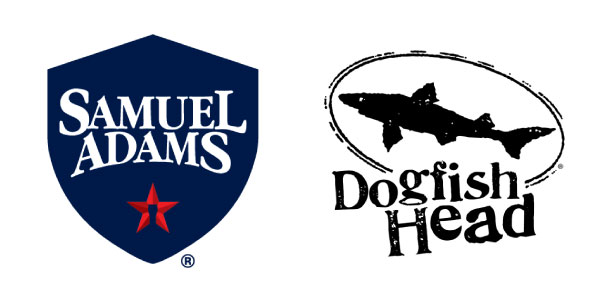Modern U.S. craft beer history began in the 1960s. You may know part of the story—the increasing popularity of homebrewing beer in the 1970s and the rise of microbreweries in the 1990s. We dug into the Brewers Association’s archives looking for interviews, images and milestone moments that tell the story of U.S. craft beer history. Part of our mission at CraftBeer.com is to educate beer lovers, and we hope you enjoy soaking up how these events in beer history laid the foundation for the craft brewing community we love today.
Craft Beer Timeline
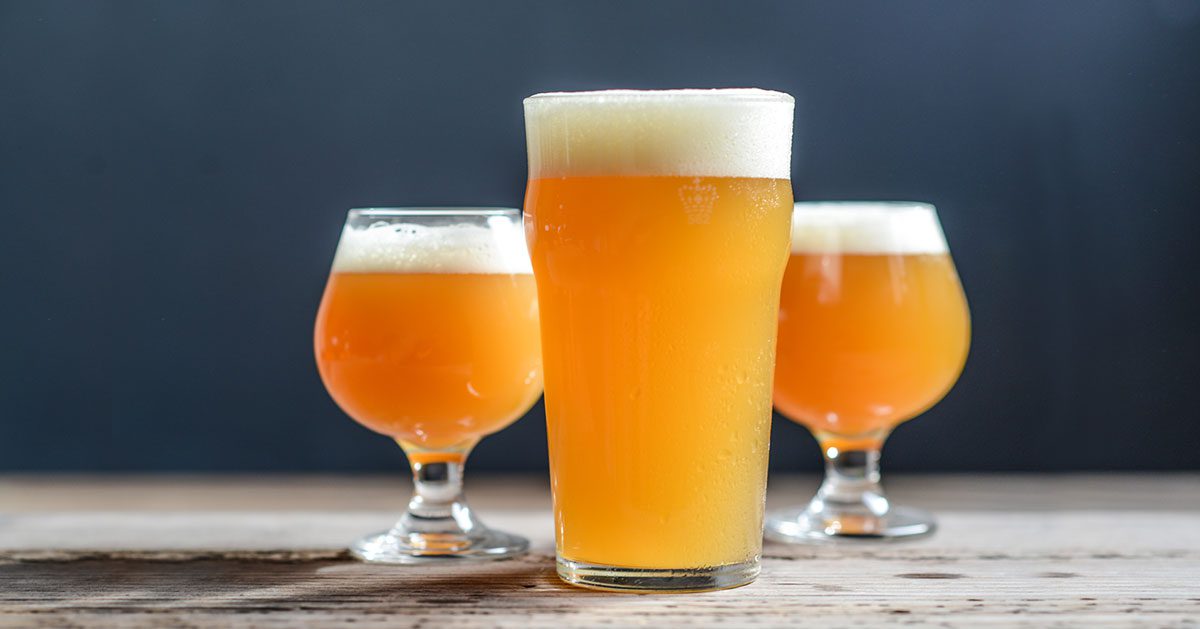
For the first time in 16 years, the American IPA is not the most-entered Great American Beer Festival competition category. Entries in the Juicy/Hazy IPA category surpass it in the new category’s first year as a competition style. You can see all the GABF 2018 medal winners here.
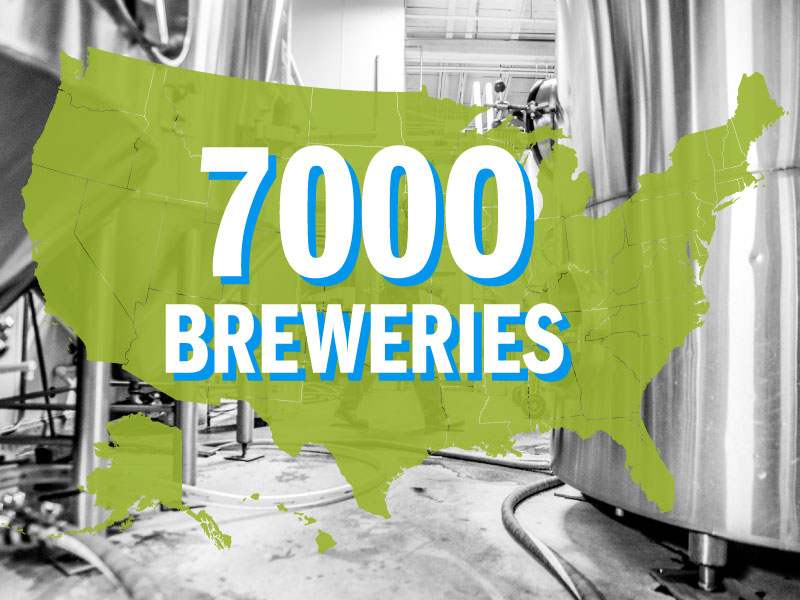
2018 marks a new milestone as the number of craft breweries operating in the U.S. reaches more than 7,000, according to the Brewers Association.
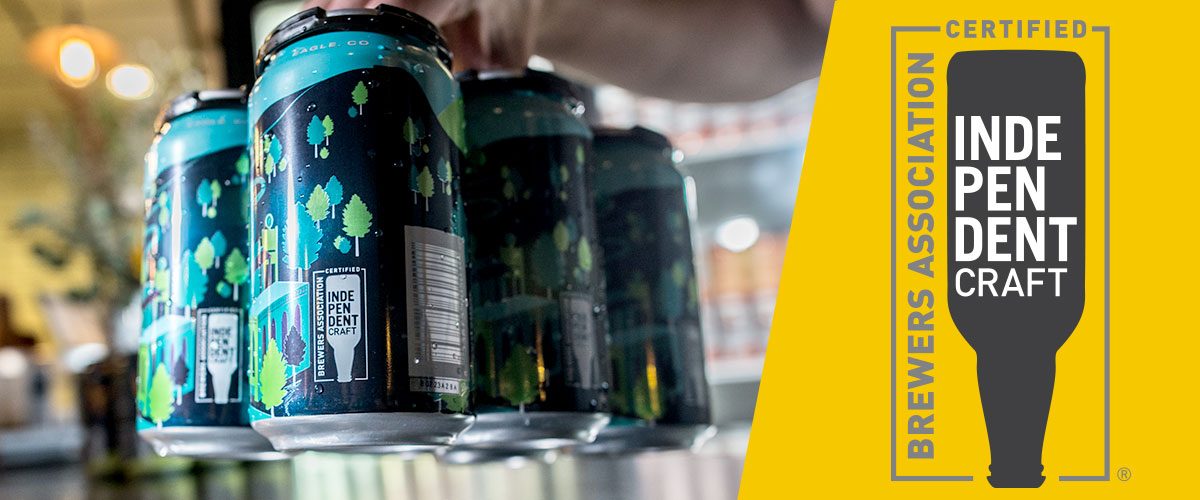
The Brewers Association, the Boulder-based trade group for U.S. craft breweries, introduces the Independent Craft Brewer SealOpens in new window. The certification mark is launched to help beer lovers tell the difference between independent craft breweries and acquired breweries. The BA will later release a supporter seal for retailers, distributors, guilds, websites, beer lovers, and any organization that wants to show it supports small and independent craft breweries.
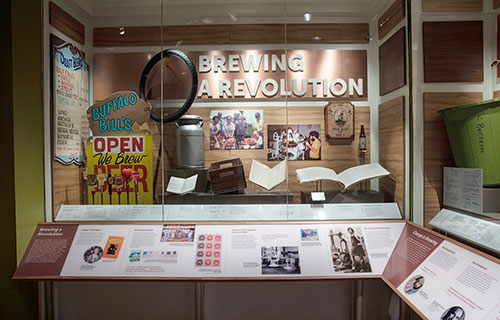
The Smithsonian launches the American Brewing History InitiativeOpens in new window to collect and document brewing history to be included in the renovated Food History exhibit at the Museum of American History in Washington, DC.
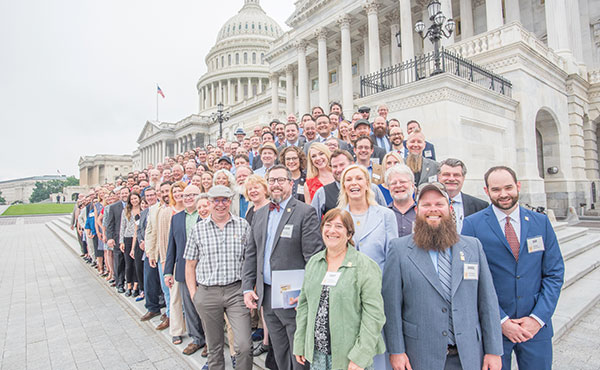
The Brewers Association is part of a coalition that rallies together to lower excise taxes for breweries. With the reduced rate, breweries are able to reinvest in their businesses and employees.
Currently, our excise tax is: 1-60,00 Barrels: $3.50/barrel 60,000-2 million Barrels: $16/barrel Over 2 million Barrels: $18/barrel
Before 2017 it was $7 on first 60,000 barrels for brewers who produces less than 2 million barrels. $18 per barrel after the first 60,000 barrels.
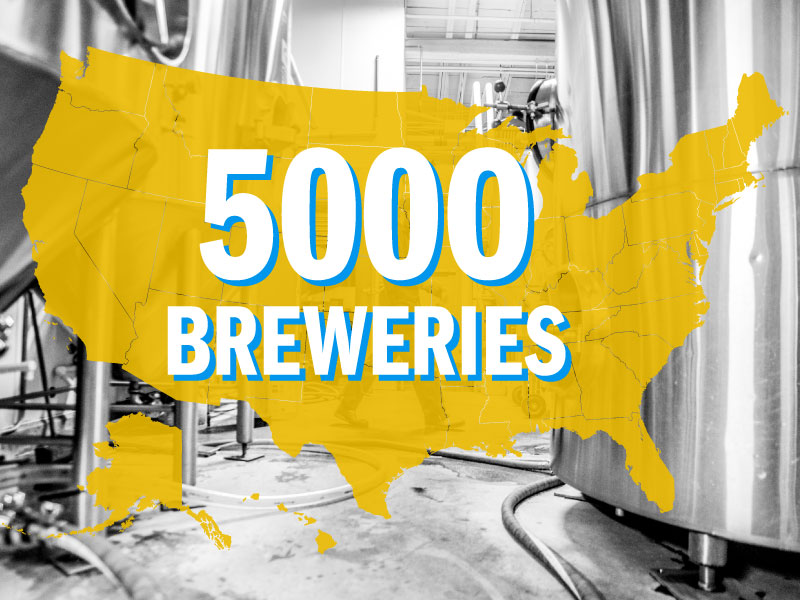
2016 marks a new milestone as the number of craft breweries operating in the U.S. reaches more than 5,000, according to the Brewers Association.
Heineken International buys 50% of Lagunitas Brewing based in Petaluma, California. Before the purchase, Lagunitas is one of the most advanced-producing craft breweries in the United States. Heineken International will go on to buy the remaining 50% of the brewery in 2017.
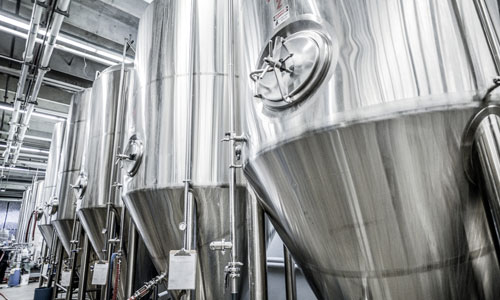
The industry posts its highest growth rate yet as volume produced by craft brewers jumps 18% higher than the year before. This is also the year that IPA leads craft style above pale ale or amber ale. See more stats on craft beer in 2014 here.
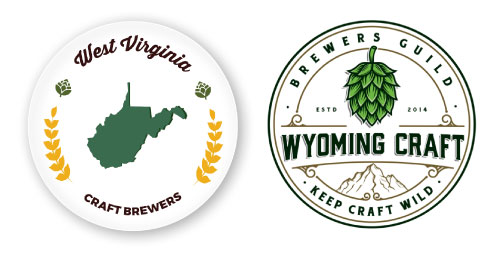
Wyoming and West Virginia establish state guilds, meaning every state now has grassroots representation within their governments.
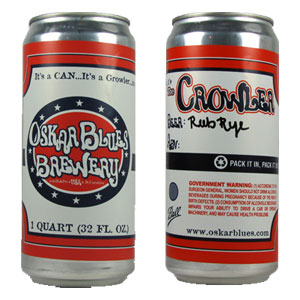
Oskar Blues Brewery introduces the “crowler.” Taprooms embrace the 32 ounce crowlers to give customers even more options to take their beer to go. Read more about the introduction of the crowlerOpens in new window.
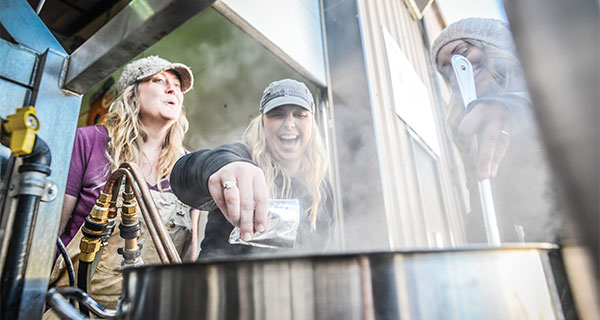
Mississippi and Alabama legalize homebrewing, a move that finally makes homebrewing legal in all 50 states! Mississippi’s law went into effect July 1, 2013, marking it the first day since Prohibition that the entire United States of America permitted homebrewing on the state level.
Craft vs. Crafty: As big brewers buy formerly independent breweries, the Brewers Association releases a statement discussing “Craft vs. Crafty.” In it, the BA writes, “Multinational brewers appear to be deliberately attempting to blur the lines between their crafty, craft-like beers and true craft beers from today’s small and independent brewers.” The statement leaves an impression and members of the beer community will adopt the words as part of the beer lexicon. Read the press release hereOpens in new window.
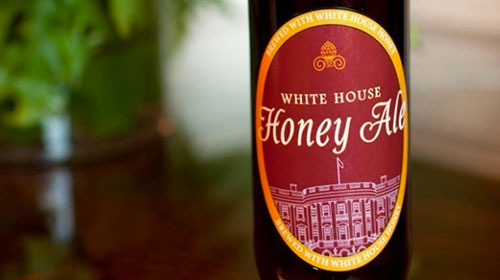
Homebrewing goes to the White House. Sam Kass, former White House Chef and executive director of First Lady Michelle Obama’s “Let’s Move” campaign to decrease childhood obesity, uses honey from bees kept on the White House lawn to brew batches of Honey Porter and a Honey Ale. You can get the recipe and to watch a video of Chef Kass and Sous Chef Tafari Campbell brewing those recipes, click here.Opens in new window
Anheuser Busch InBev purchases Chicago’s Goose Island, signaling a new strategy by the Big Brewers to try to take over craft beer. In the years to follow, AB-InBev’s strategy of buying once-craft regional players would be clear. By 2019, AB-InBev will own 14 formerly independent breweries in the United States, Miller-Coors will own six, and Constellation Brands will own four.
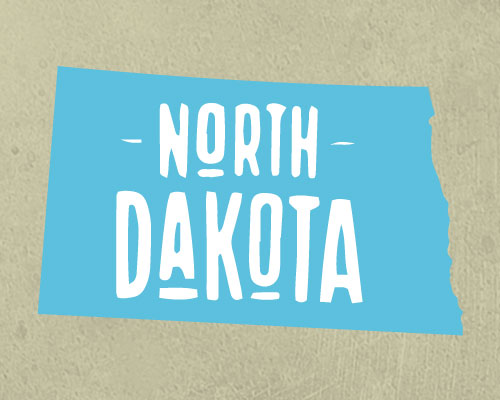
North Dakota gets its first craft brewery: Fargo Brewing Company.
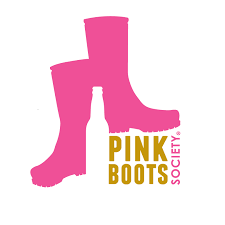
The first meeting of the POpens in new windowink Boots SocietyOpens in new window takes place at the Craft Brewers Conference in San Diego. The Pink Boots Society was created to assist, inspire, and encourage women beer industry professionals to advance their careers through education.
A hop shortage reportedly due to a fire in Washington state and bad storms in Germany leads to brewers to band together to solve a problem in the supply chain. Some brewers start brewing Belgian-style beers, sours, and beers with lower IBUs. Other brewers with contracts securing their hop sources share what they can with breweries who need the hops. The Boston Beer Company sells its supply of hops at cost to other brewers. Boston Beer Co. Founder Jim Koch writes: “The reason I support competitors becomes obvious if you think about the way yeast ferments beer. If enough yeast are working together, they can change the ecosystem for the mutual benefit of all. If they aren’t, other organisms take over, and the yeast will fail. Craft brewing is kind of like that.”
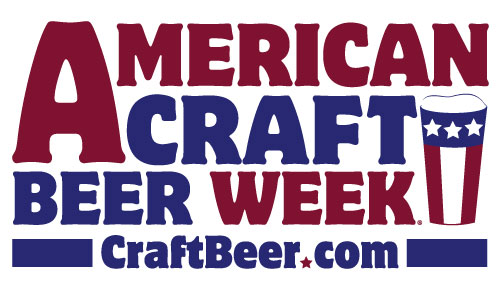
Breweries and beer lovers celebrate the first American Craft Beer Week!
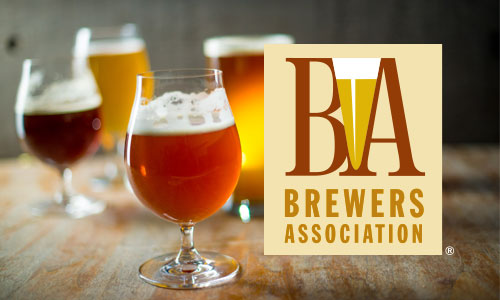
As the newly-formed Brewers Association, the BA set its mission on promoting and protecting small and independent craft brewers. In order to collect data and serve its membership, the trade organization and its board of directors created the craft brewer definition. The BA board of directors voted to update the definition in 2007, 2010, 2014, and 2018 to reflect the continued innovation by U.S. brewers.
See the current definition here.Opens in new window

The Pro-Am competition is established at the Great American Beer Festival. Amateur homebrewers and professional brewers team up to make the best beer possible. Interested in competing? More information here.Opens in new window
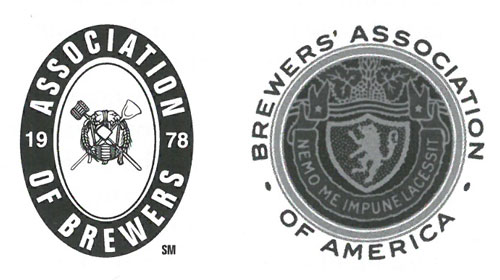
The Brewers’ Association of America and the Association of Brewers merge to create the Brewers Association. In doing so, the newly-formed Brewers Association is able to expand its member reach and take on issues in Washington, DC.
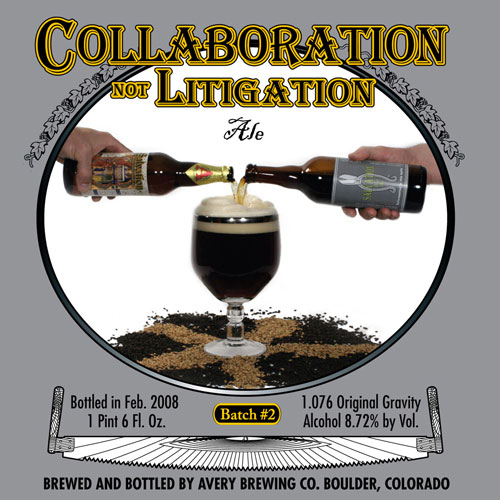
Russian River Brewing and Avery Brewing Company combine forces to brew the first collaboration beer after realizing the two breweries each have a beer that shares the same name. The teams call their collaboration beer “Collaboration not LitigationOpens in new window,” and the beer name says it all.
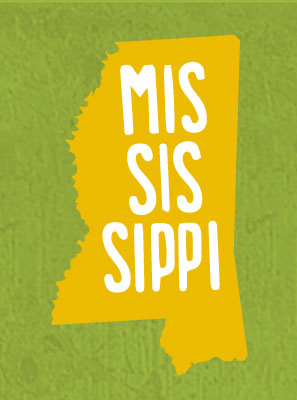
Mississippi’s first craft brewery opens: Lazy Magnolia Brewery.
Montana is the last state to legalize brewpubs. For a full list of when states legalized brewpubs click hereOpens in new window.
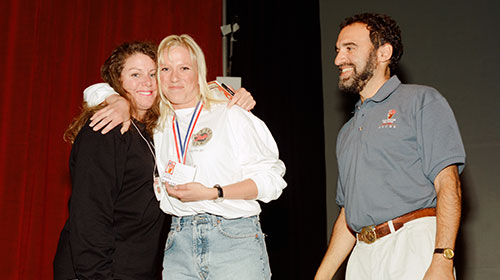
50 different categories are judged at the Great American Beer Festival See what beers won in 1997Opens in new window
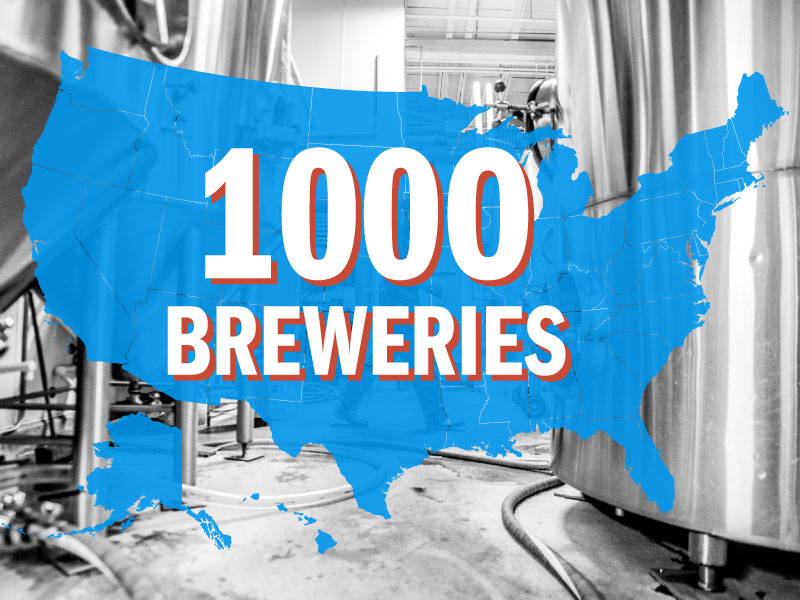
Eleven years since hitting the 100-brewery benchmark, the number of operating craft breweries has increased ten-fold! One-thousand craft breweries are now open and operating in the United States.
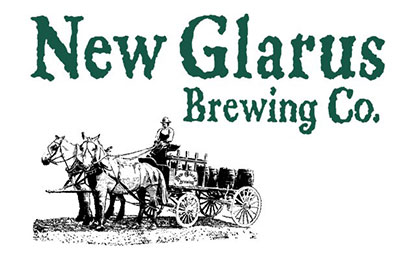
New Glarus Brewing Co. wins gold for its Wisconsin Belgian Red at the International Brewing and Cider AwardsOpens in new window, becoming the first U.S. craft brewery to win an international beer competition. As of 2020, the craft brewery still produces the award-winning beer using Wisconsin-grown cherries.
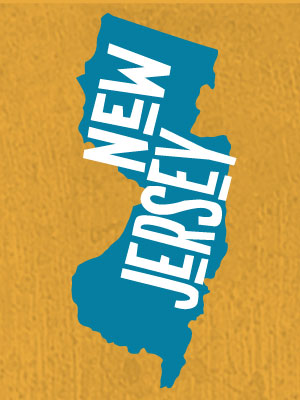
New Jersey’s first craft brewery opens: The Ship Inn.
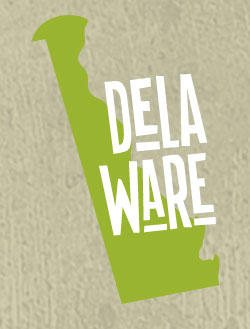
Dogfish Head Craft Brewery becomes Delaware’s first craft brewery.
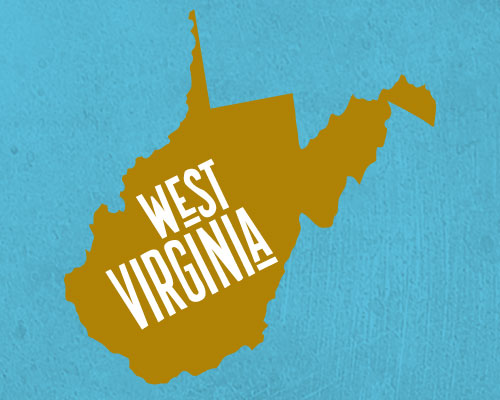
West Virginia’s first craft brewery opens: Cardinal Brewing Co. It will close a few years later in 1997.
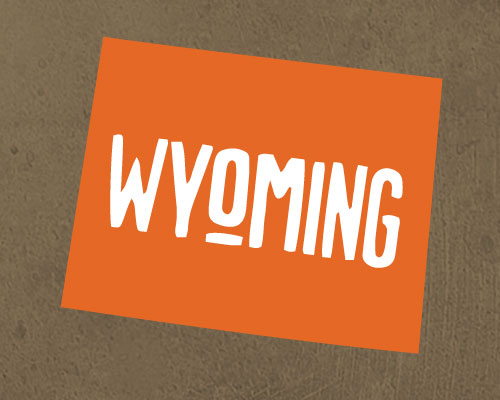
Snake River Brewing Co. opens as Wyoming’s first craft brewery.
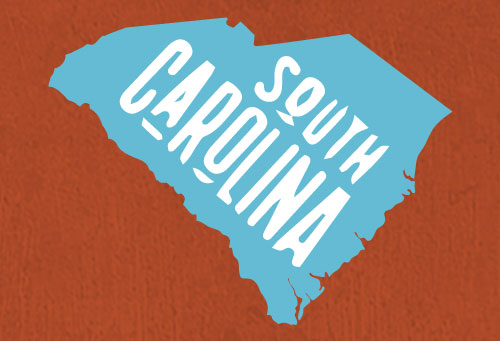
Palmetto Brewing opens, becoming South Carolina’s first craft brewery.
According to Dale P. Van Wieren in “American Breweries IIOpens in new window,” California begins 1994 with 84 operating microbreweries and brewpubs, which is one more than were operating in the entire nation 10 years earlier.
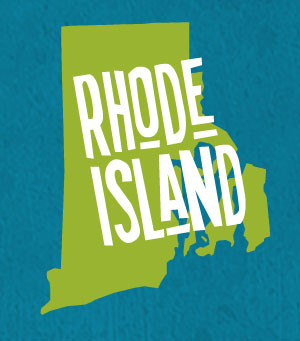
Rhode Island’s first craft brewery opens: Union Station Brewing.
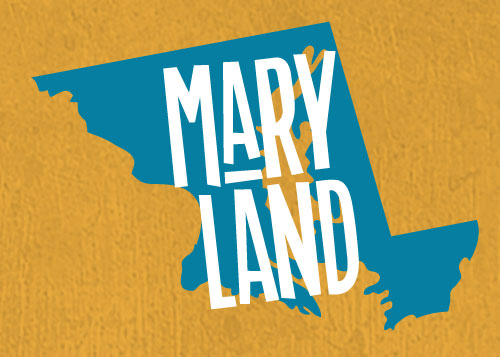
Maryland’s first craft brewery opens: Oliver’s Brewing.
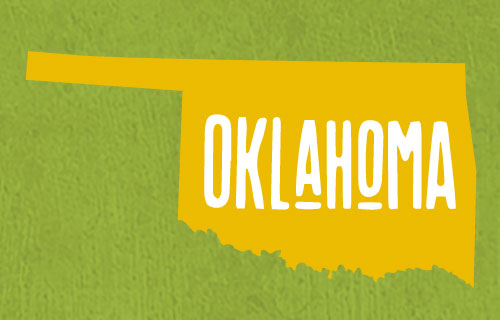
Oklahoma’s first craft brewery opens: Bricktown Brewery.
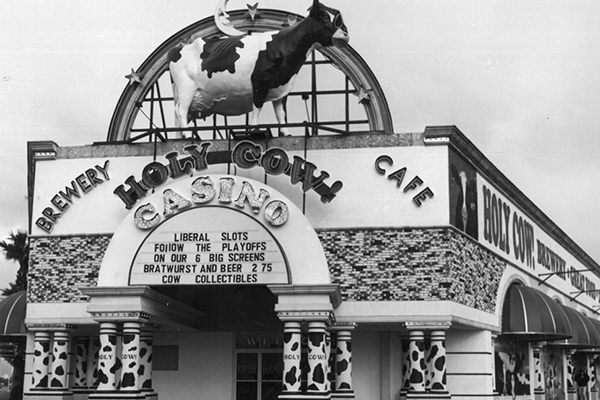
Holy Cow! Casino, Café, and Brewery becomes Nevada’s first craft brewery (which will later be Big Dogs Brewing Co.).
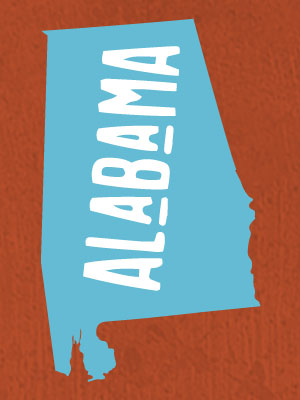
Birmingham Brewing Company opens, giving Alabama its first craft brewery. (No longer in operation)
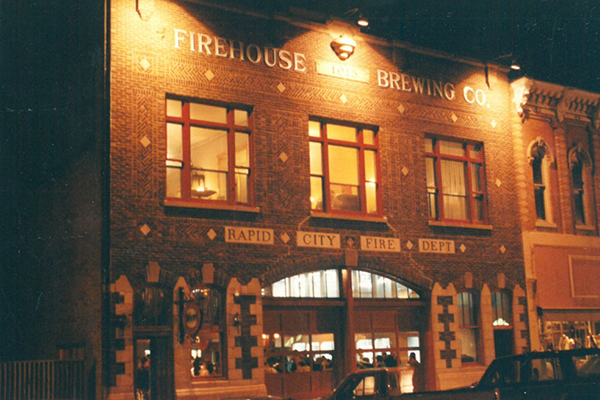
South Dakota’s first craft brewery opens: Firehouse Brewery.
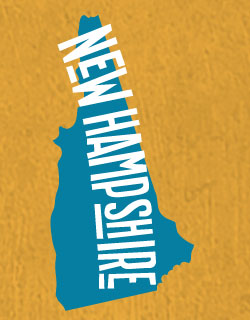
The Portsmouth Brewery opens as New Hampshire’s first craft brewery.
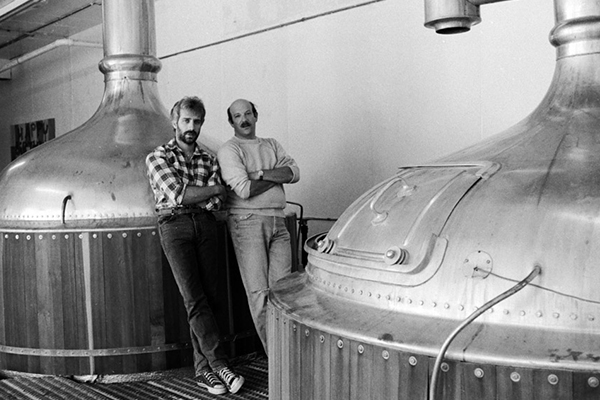
Capital City Brewing Company becomes Washington, DC’s first craft brewery.
Excise Tax. Small brewer, $7, Big Brewers: $18/barrel under luxury taxes. This rate doubled for breweries producing over 2 million barrels/year with no breaks given after 60,000 barrels. The brewing industry will not see an excise tax reduction for another 26 years.
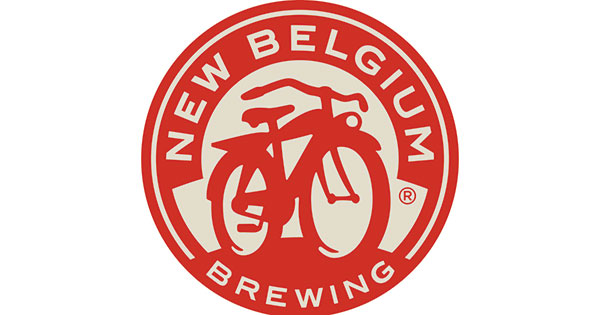
New Belgium Brewery opens in Fort Collins, Colorado. Hear CEO Kim Jordan talk about the guiding principles of the brewery with BA Founder Charlie Papazian in 2017:
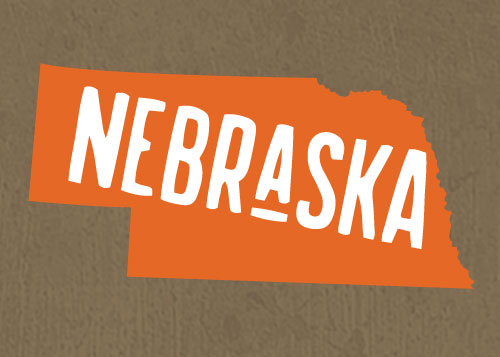
Nebraska’s first craft brewery opens: Empyrean Brewing Co.
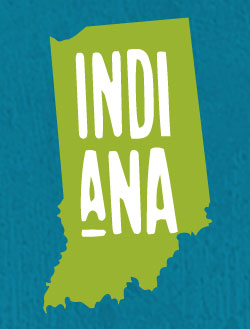
Broad Ripple Brewpub opens as Indiana’s first craft brewery.
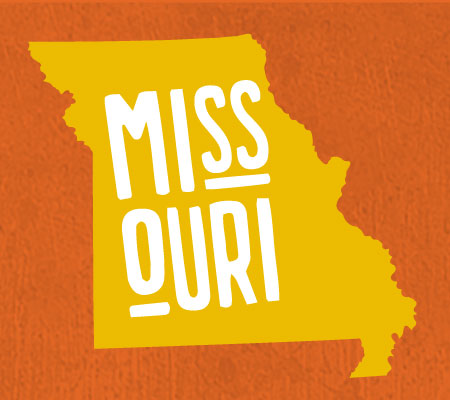
Missouri’s first craft brewery opens in Kansas City: Boulevard Brewing Co.
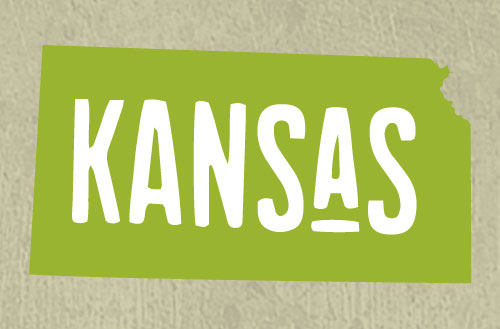
Kansas gets its first craft brewery as Free State Brewing Co. opens.
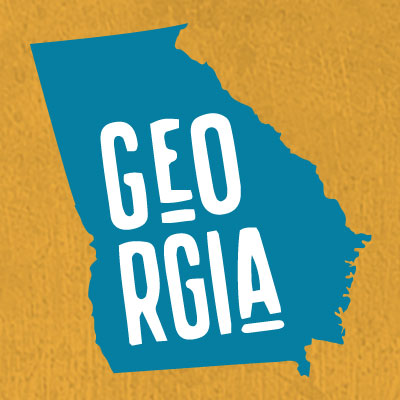
Georgia’s first craft brewery: Friends Brewing Co. (no longer in operation)
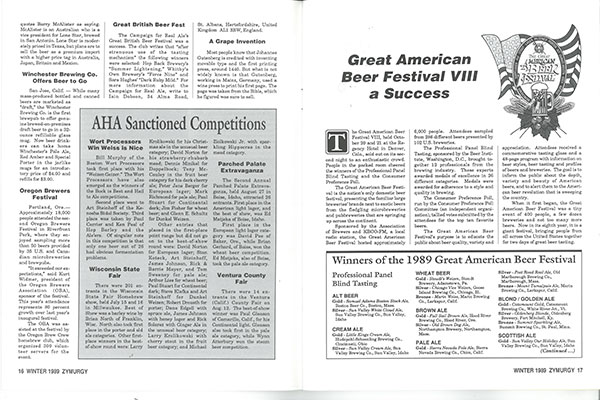
India Pale Ale (IPA) is introduced as a style at the Great American Beer Festival competition. Rubicon India Pale Ale from Sacramento wins gold and Liberty Ale from Anchor Brewing in San Francisco wins silver.
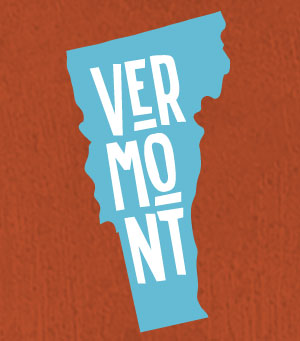
Vermont Pub & Brewery opens giving Vermont its first craft brewery.
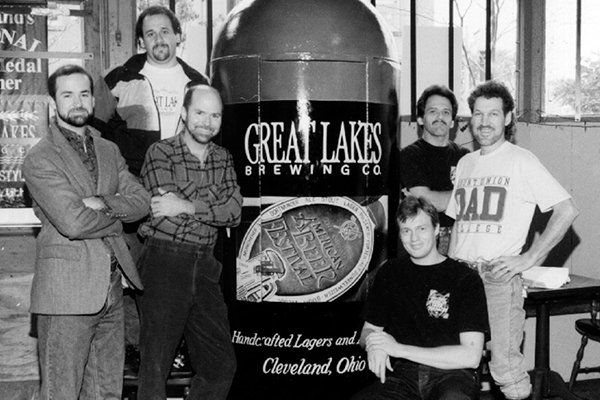
Great Lakes Brewery opens in Cleveland giving Ohio its first craft brewery.
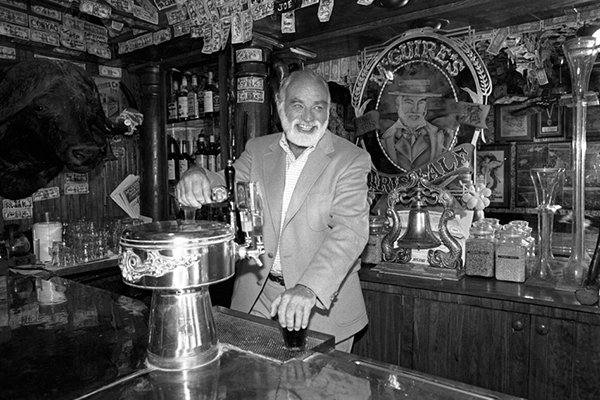
Florida gets its first craft brewery: McGuire’s Irish Pub.
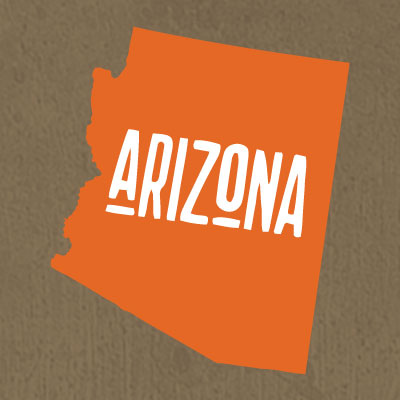
Big Stick Brewing Co., Electric Dave Brewing and Christopher Joseph open in Arizona in the same year, giving the state its first craft breweries. (None remain open as of 2020.)
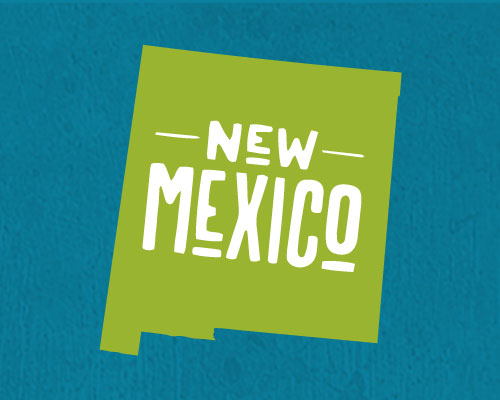
New Mexico’s first craft breweries: Embudo Station Preston Brewery and Albuquerque Brewing & Bottling Co.
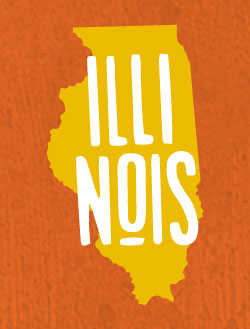
Illinois’ first craft breweries: Sieben’s River North Brewery and Tap & Growler (no longer in operation)
The Great American Beer Festival begins to award beers by category. The 12 categories are: Ales, Alts, American Cream Ales, American Lagers, American Light Lagers, Bocks/Doppelbocks, Consumer Preference Pool, Continental Pilsners, Porters, Stouts, Vienna Style Lagers, and Wheat Beers.
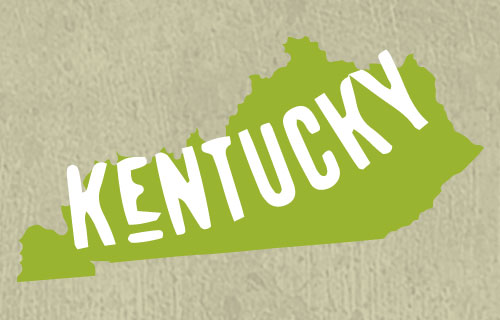
Kentucky’s first craft brewery opens: Oldenberg Brewery
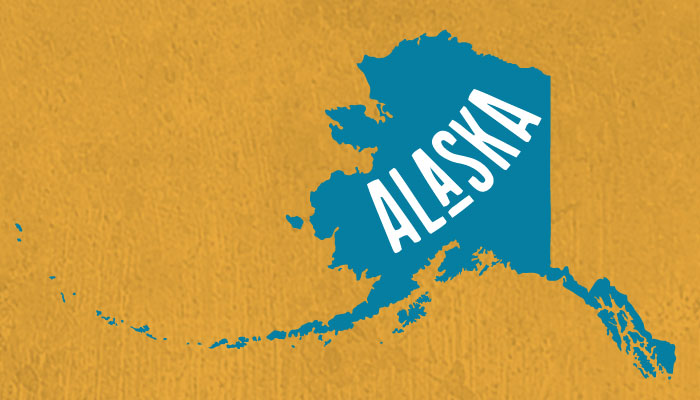
Alaska’s first craft brewery: Chinook Alaskan Brewing CompanyOpens in new window (no longer in operation)
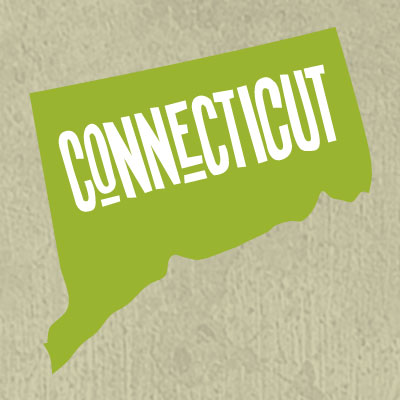
Connecticut’s first craft brewery: New Haven Brewing Company (1987-1997) Now owned and operated as New England Brewing Co as of 2001.
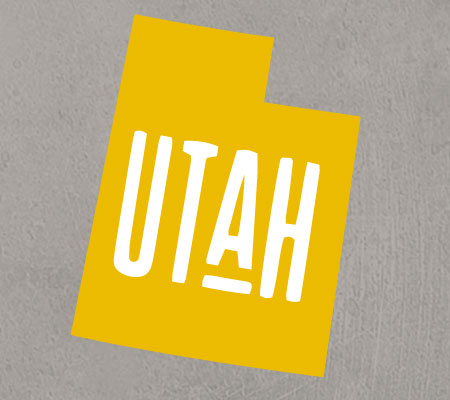
Utah’s first craft brewery: Wasatch Brew Pub
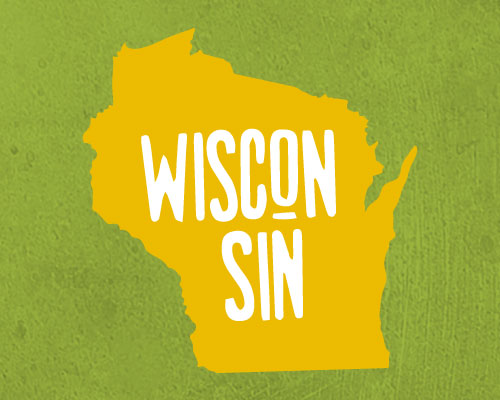
Wisconsin’s first craft brewery: Sprecher Brewing Co.
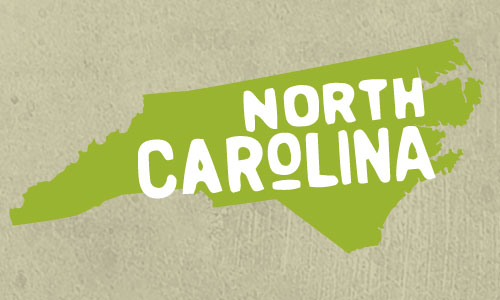
North Carolina’s first craft brewery: The Weeping Radish
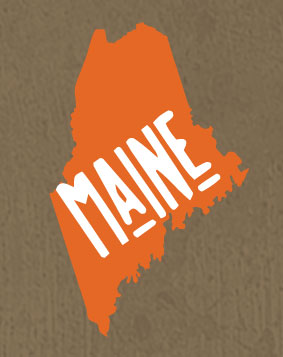
Maine’s first craft brewery: Geary Brewing Company
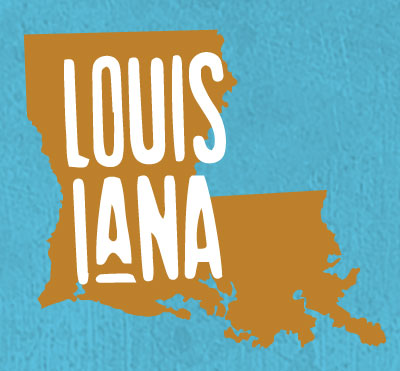
Louisiana’s first craft brewery: Abita Brewing Company
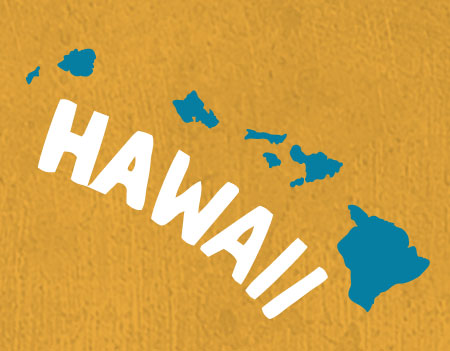
Hawaii’s first craft brewery: Koolau Brewery, Inc (no longer in operation)
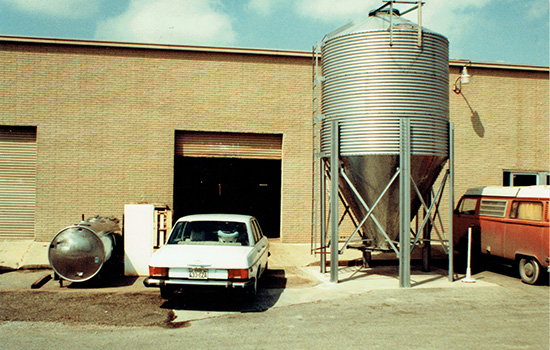
Texas’ first craft brewery: Reinheitsgebot Brewing Co. (1985-1990) (no longer in operation)
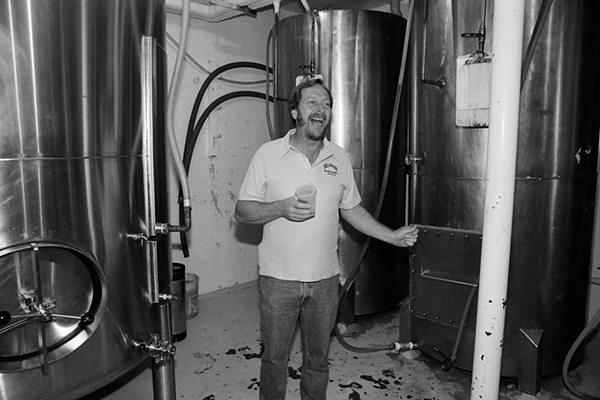
Iowa’s first craft brewery: Millstream Brewing Co.
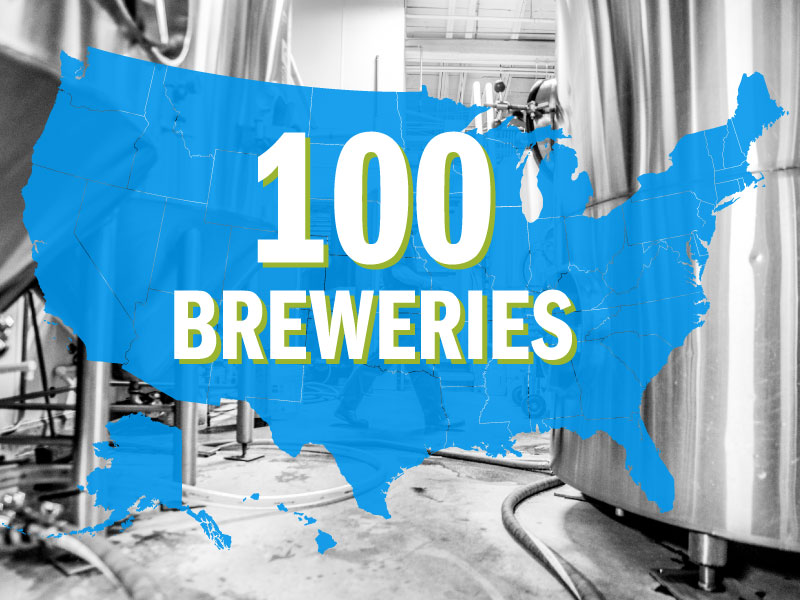
100 breweries are open and operating in the United States.
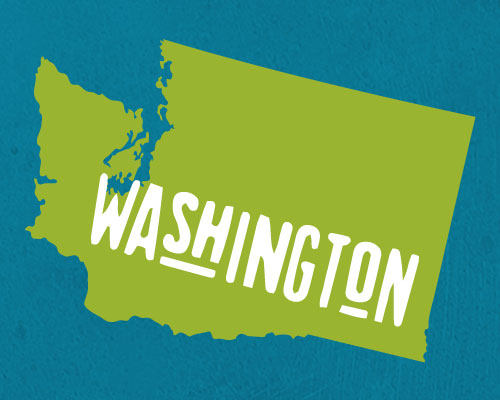
Washington’s first craft brewery: Kemper Brewing Co. (1984-2007) (no longer in operation), Yakima Brewing & Malting Co. (1984-2004) (no longer in operation)
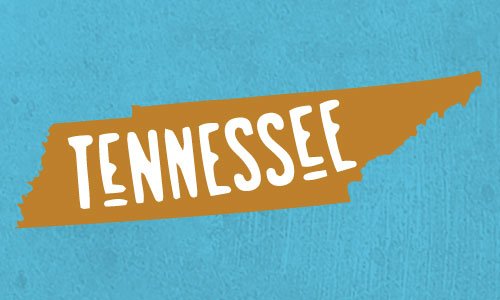
Tennessee’s first craft brewery: Bohannon Brewing Co. (no longer in operation)
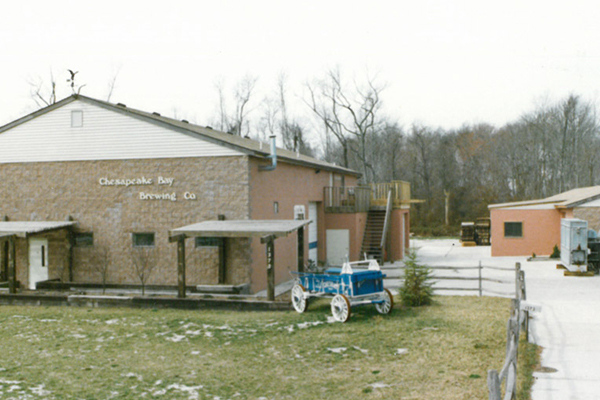
Virginia’s first craft brewery: Chesapeake Bay Brewing (1984-1988) then became The Virginia Brewing Co. (1988-1992) (no longer in operation)
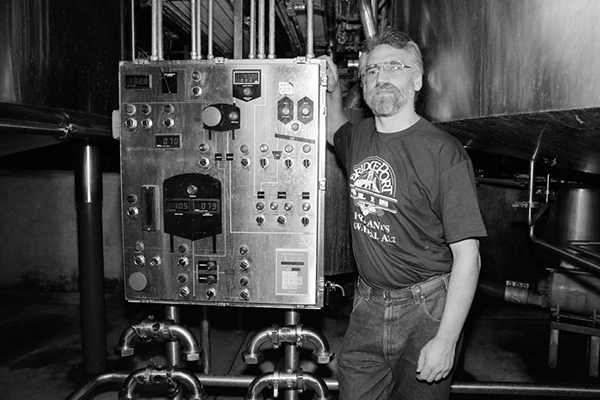
Oregon’s first craft breweries: Columbia River Brewery (1984-1987) Then became BridgePort Brewing Co. (1987-2019)*, McMenamins Hillsdale Brewery & Public House (1984-)

Charlie Papazian, who is dubbed the “godfather of homebrewing,” cans his homebrew beer to experiment with packaging options for brewers. It will be decades before craft breweries widely embrace aluminum cans.
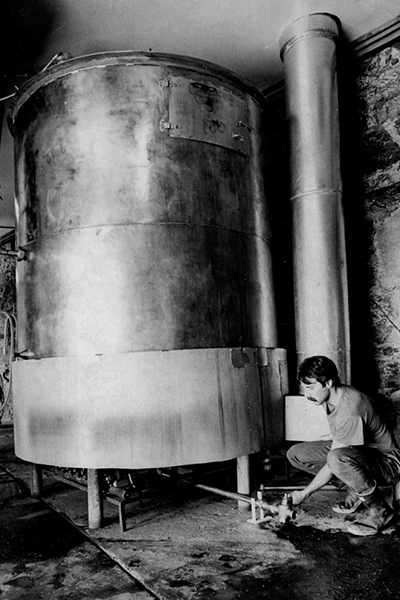
Montana’s first craft brewery: Kessler Brewing (no longer in operation)
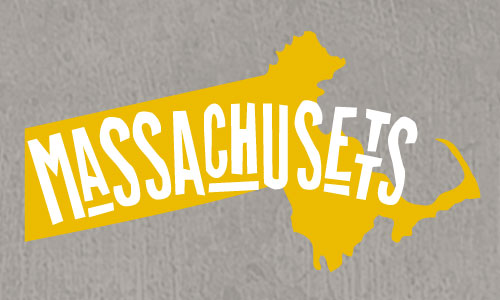
Massachusetts’ first craft brewery: Boston Beer Co.
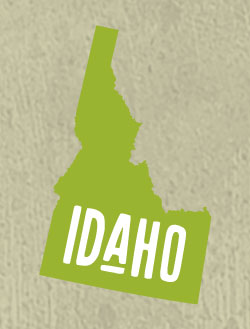
Idaho’s first craft brewery: Snake River Brewing Co. (no longer in operation)
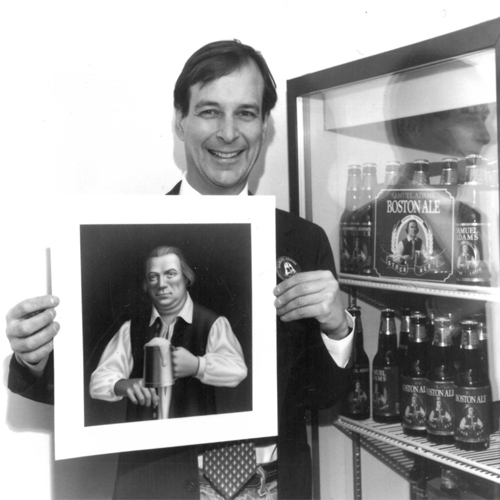
The Boston Beer Company opens and produces its first commercial brews. Inspired by Fritz Maytag at Anchor Brewing in San Francisco, founder Jim Koch first heard about this new type of brewery from his father, who was a brewer himself. Listen to Jim Koch talk about his personal history and how it’s affected his business philosophy.
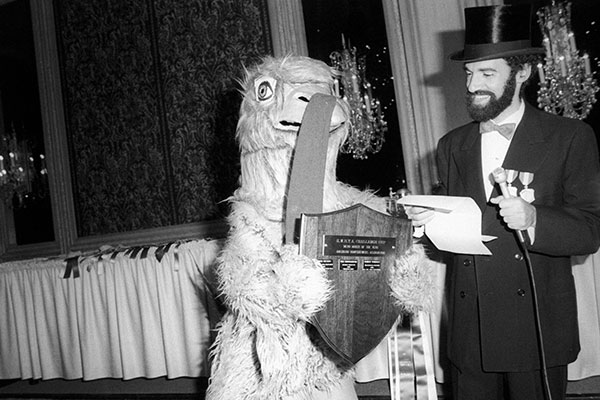
The inaugural Micro-Brewers Conference is held in Boulder, Colorado. Conference attendees are a combination of amateur and professional brewers. The conference will later be named the Craft Brewers Conference.
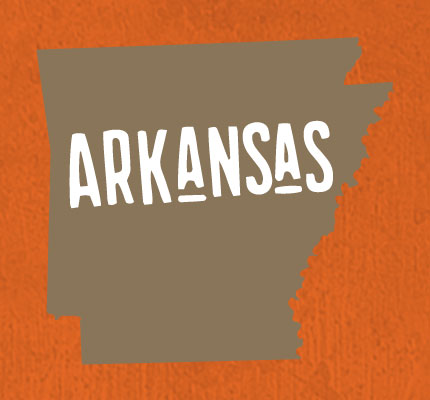
Arkansas’ first craft brewery: Riley-Lyon, Inc. (no longer in operation)
Larry Bell opens the Kalamazoo Brewing Company, the precurser to Bells Brewery, in 1983. Watch Charlie Papazian interviewing Larry Bell about how he started the brewery: [[Archive Video: Larry Bell 0000 at 9:52-11:17]]
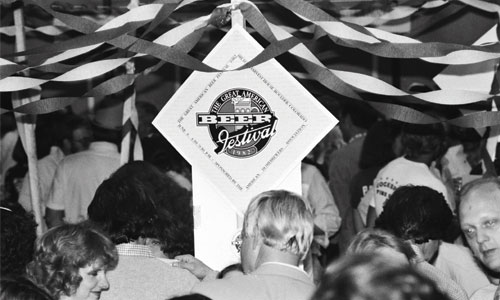
This year marks the inaugural Great American Beer Festival. Twenty breweries are on hand serving 40 different beers to 750 people during the one-day festival.
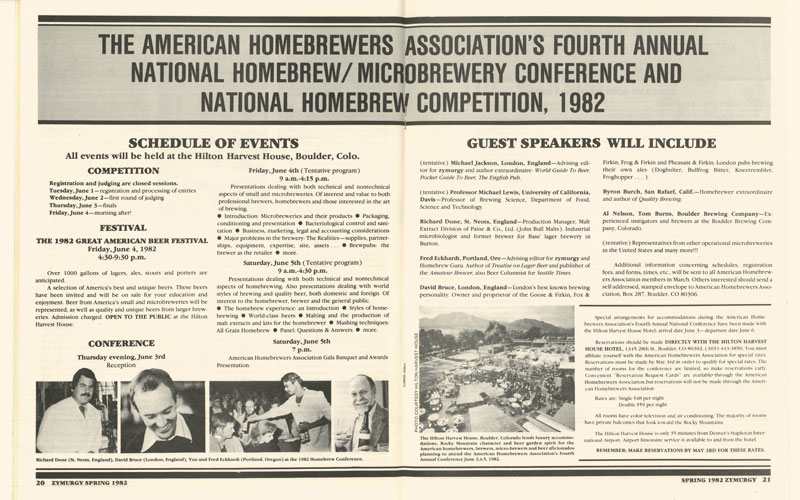
At the American Homebrewers Conference, David Bruce introduces an idea imported from England: brewpubs! The journal of the American Homebrewers Association, “Zymurgy,” also writes about the brewpub business model, which will serve as the primary brewery model until 2013, when microbreweries will outnumber brewpubs.
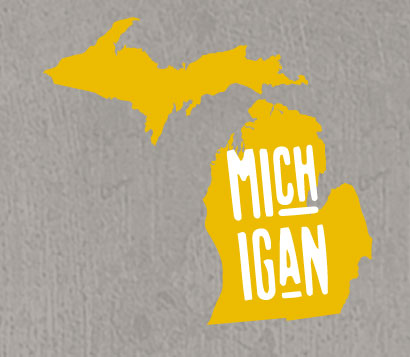
Michigan’s first craft brewery: The Real Ale Co.
Sierra Nevada Brewing Company opens with the goal of selling beers on the edge of what was expected. In an interview with Charlie Papazian in 2016, brewery founder Ken Grossman talks about opening the California craft brewery and the groundbreaking Sierra Nevada Pale Ale beer.
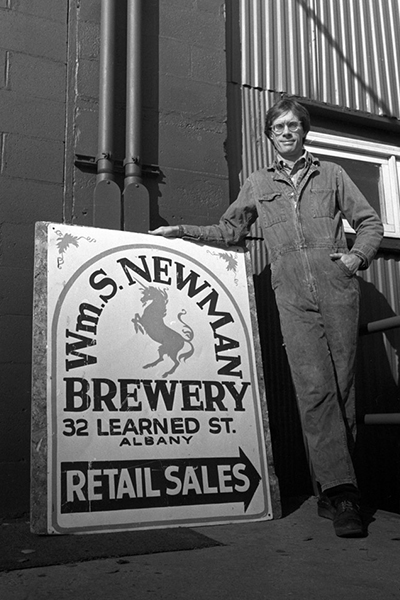
New York’s first craft brewery: William S. Newman Brewing Co. 1981-1987 (no longer in operation)
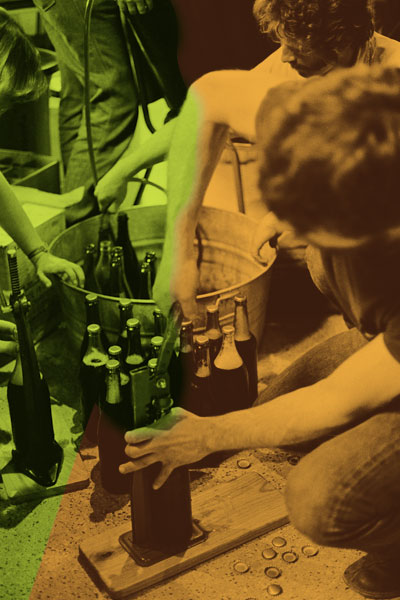
The American Homebrewers Association holds the inaugural Homebrewers Conference in Boulder, Colorado.
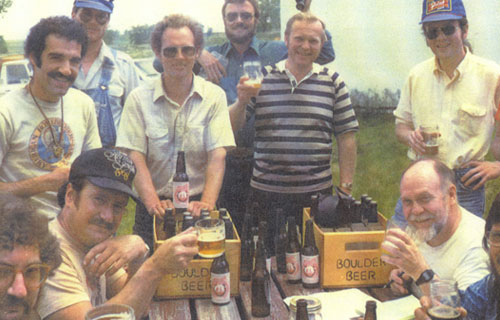
Colorado’s first craft brewery: Boulder Beer
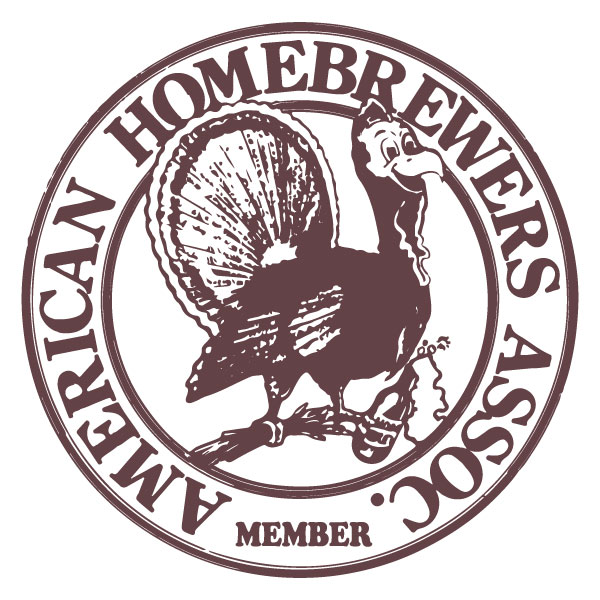
Charlie Papazian establishes the American Homebrewers Association in Boulder, Colorado. Founders select the turkey as the association’s mascot because, as Papazian says: “Ben Franklin thought the turkey was good enough to be the national bird, [so] we thought he would be a perfect mascot for homebrewers!”
Homebrew is legalized federally, allowing states to create their own homebrew laws when Jimmy Carter signs H.R. 1337. Homebrewers start working to legalize the hobby in their home states.

Michael Jackson is considered the world’s foremost beer writer and helps kickstart a wider knowledge base of craft beer with his seminal book “The World Guide to Beers,” among his other works.
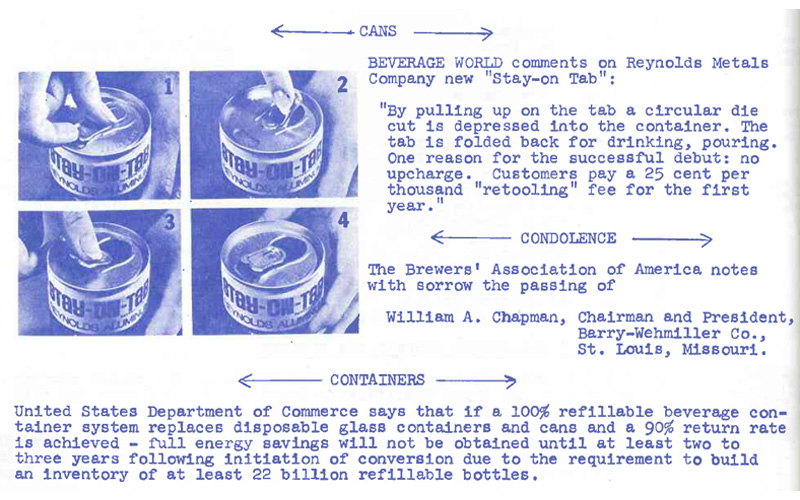
The Brewers Association of America condones the pull-tab as a worthy product upgrade for beer lovers and brewers alike.
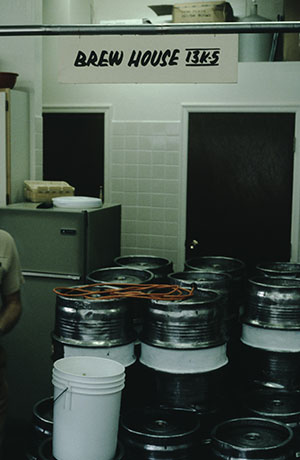
Jack MacAuliffe opens New Albion Brewing in Sonoma, California, one of the first micro-breweries and a true catalyst of the U.S. craft brewing movement. MacAuliffe embodies homebrewing’s DIY spirit by welding dairy equipment to convert it into commercial brewing tanks. During its six years in business, New Albion Brewing inspires countless homebrewers to open their own breweries.
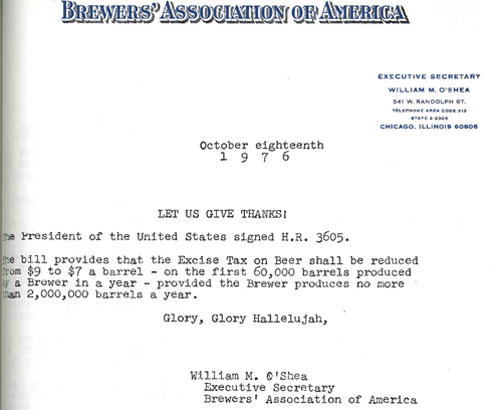
The Small Brewers Excise Tax Differential is passed in September 1976. This was significant because taxes were the same for all brewers, despite the number of barrels produced. The tax was long fought for, starting in 1975 by members of the Brewers Association of America (BAA). The secretary of the BAA, William M. O’Shea, wrote in his correspondences with members of how important this was to breweries and their futures stating “One awfully nice brewer phoned me at home over the week-end, asking how it looked for our Excise Tax Program. He apologized for calling me at home but told me his Board of Directors was going to vote on the closing of the Brewery if I thought the program would not pass. This is how urgent things are.”
Remember, a phone call back then was expensive! There was a real effort put forth and it was greatly celebrated when passed. Instead of being a blanketed $9/barrel, no matter how many barrels were brewed, breweries producing 2 million barrels or less would pay $7/barrel up to 60,000 barrels and $9/barrel up to 2 million barrels. The big brewers in this deal? No break at all. And they helped to pass the measure for “the betterment of the brewing industry at large.” Fun fact: The representative who brought the bill to the House Floor was named J.J. Pickle, a democrat from Texas. Thanks Mr. Pickle!
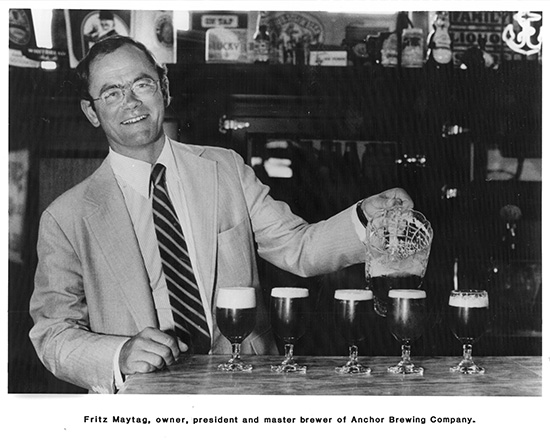
Fritz Maytag buys San Francisco’s Anchor Brewing Company. In the 1970s and early 1980s, many commercial craft brewers will visit the brewery to learn from Fritz.
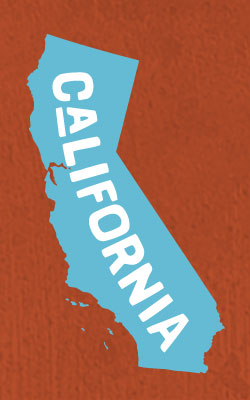
California’s first craft brewery, Anchor Brewing Co., opens. (It is currently owned by Sapporo Holding Limited.)
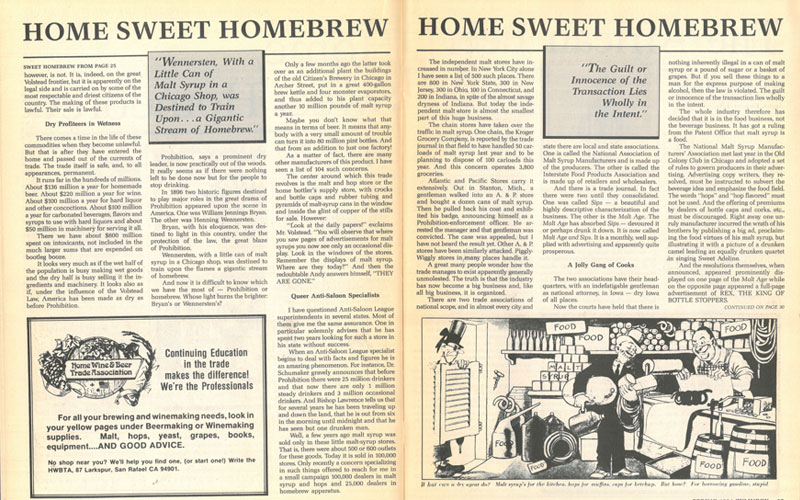
Troops who were overseas in Europe during WWII return to the United States with new palates for Old World beer. What they find is a market of homogenized products and homebrewing becomes a way for those thirsts to be quenched. The only problem is it’s illegal.
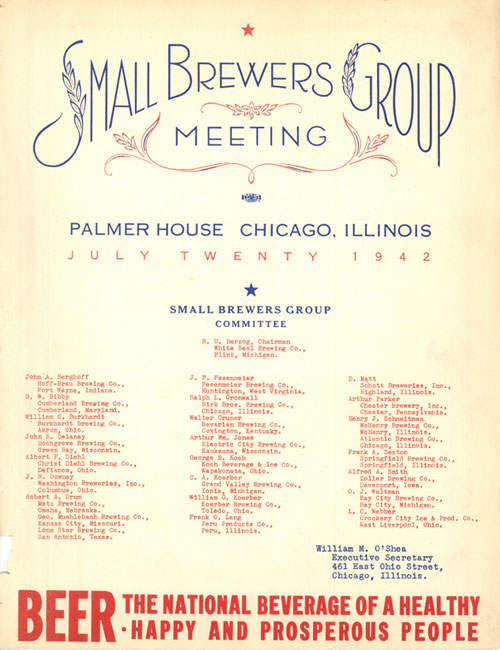
The Brewers Association of America, then named the Small Brewers Committee, forms to secure an allocation of tin from the War Production Board to allow them to press bottle caps. The “Temporary Crown Relief” is an initiative set forth by a coalition of almost 200 brewers to advocate for a portion of supplies needed to bottle their beer during WWII when a significant percentage of metal was being used for war efforts.
Written in the notes from the first meeting is the line: “The meeting was marked by much enthusiasm, and it was generally felt that the Small Brewers Committee held great future possibilities for the Brewing Industry.”
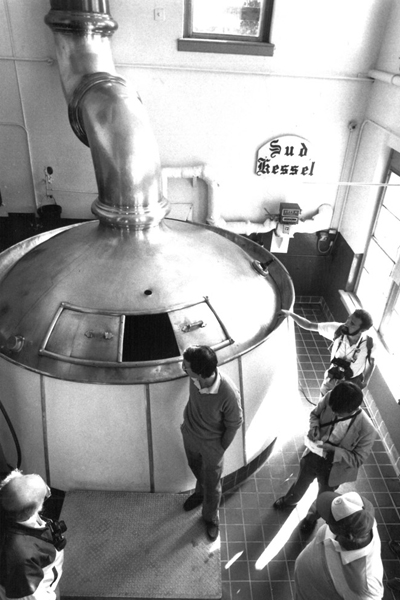
Minnesota’s first craft brewery: August Schell Brewing Company
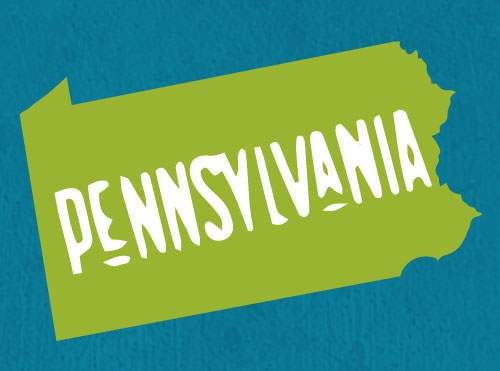
Pennsylvania’s first craft brewery: D. G. Yuengling & Son (1829-)
Notable Dates in Beer History
1800 BC (Circa) A “Hymn to Ninkasi,” the Sumerian goddess of beer, is inscribed on a tablet, about 4,000 years after men first leave evidence of brewing activity.
580
Saint Arnold of Metz is born, one of dozens of patron saints to beer, brewers and hop-pickers. He helps end a plague by convincing people to drink beer rather than impure water.
1516
The Reinheitsgebot, instituted in Bavaria, is a beer “purity law” that remains today in revised form. The original laws permits beer to be made only with barley, hops and water, later acknowledging yeast and permitting wheat.
1573
Heinrich Knaust writes the first extensive book on brewing in Germany, describing in detail about 150 different beers. He calls the “noble Hamburg beer the queen of all other wheat beers.”
1716
The tavern that will become known as the Wayside Inn after being immortalized in Henry Wadsworth Longfellow’s Tales of a Wayside Inn opens in Sudbury, Mass. Nearly 300 years later it’s the oldest continuously operating inn in the United States.
1814
A storage vat at the Horse Shoe Brewery in London containing more than 300,000 gallons of porter collapses, knocking down brewery walls and flooding immediate area. Eight people are killed, “by drowning, injury, poisoning by porter fumes, or drunkenness.”
1919-1933
Prohibition, in the form of the 18th Amendment, outlaws the sale of alcohol in the United States. Key dates to remember:
- The 18th Amendment is ratified on January 16, 1919 and goes into effect January 16, 1920.
- On March 23, 1933, President Franklin Roosevelt signs into law legislation permitting the sale of 3.2% alcohol beer.
- On December 5, 1933, the 21st Amendment repeals the 18th Amendment.
